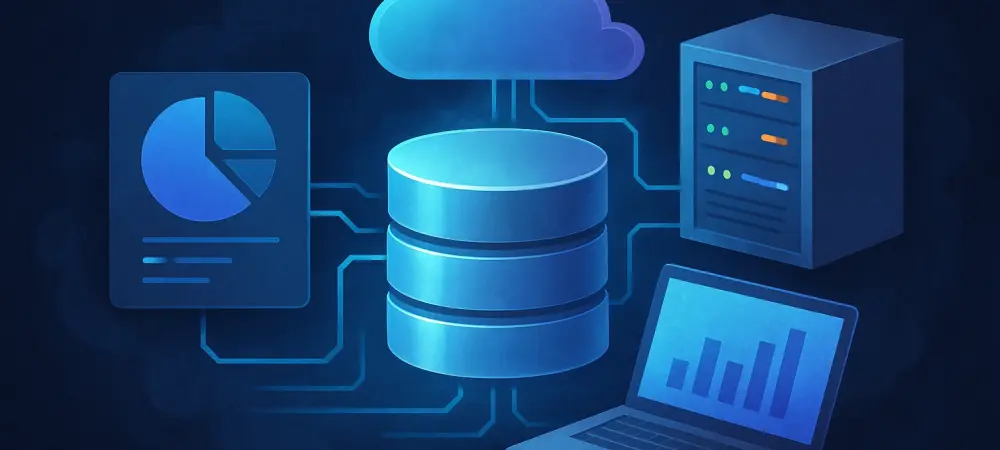I’m thrilled to sit down with Aisha Amaira, a renowned MarTech expert whose passion for blending technology with marketing has helped countless businesses unlock deeper customer insights. With her extensive background in CRM and customer data platforms, Aisha brings a unique perspective on how innovation is reshaping the industry. Today, we’re diving into the recent launch of Rokt mParticle’s Hybrid CDP on Snowflake AI Data Cloud, exploring its impact on enterprise data strategies, the evolving CDP landscape, and the balance of real-time activation with cloud-native power. Let’s get started.
Can you start by explaining what the Hybrid CDP from Rokt mParticle is all about?
Absolutely. The Hybrid CDP is a game-changer in the customer data platform space. It’s designed to give enterprises a unified solution that combines real-time activation with cloud-native flexibility. Unlike traditional CDPs that often force a choice between speed and scale, this platform lets businesses respond instantly to customer behavior while also leveraging their cloud data for large-scale campaigns. It’s all about eliminating trade-offs and offering a single, governed system that meets diverse business needs.
What sets this Hybrid CDP apart from other platforms in the market?
What really makes it stand out is its hybrid architecture. It bridges the gap between the immediacy of real-time data processing and the robust, zero-copy capabilities of cloud environments. Most CDPs lean heavily toward one or the other, but this solution integrates both seamlessly. It’s built to adapt to specific enterprise needs, whether that’s reacting in the moment or running complex, data-heavy initiatives directly from a cloud platform.
Why was Snowflake AI Data Cloud chosen as the partner for this launch?
Snowflake brings a trusted, scalable foundation to the table. Their AI Data Cloud is known for its ability to handle massive datasets with strong governance, which is critical for enterprises. This partnership allows joint customers to maximize their data investments by activating data directly within Snowflake’s environment. It’s a win-win—businesses get the speed they need for real-time relevance while maintaining the security and structure of a cloud-native system.
Bruce Buchanan mentioned ‘The Power of And’ in the announcement. Can you unpack what that means here?
Sure, ‘The Power of And’ is about overcoming the classic trade-offs enterprises face between speed and scale. With the Hybrid CDP, you don’t have to sacrifice real-time responsiveness for the depth of cloud-based data processing. It’s about having both at once. For example, during a transaction moment—say, a customer browsing an e-commerce site—the platform can instantly personalize an offer based on behavior while pulling from a governed dataset in the cloud to ensure accuracy and compliance.
This launch is described as a pivotal moment in the CDP market. What’s driving that sense of urgency and opportunity right now?
The CDP industry is at a fascinating crossroads. Traditional CDPs are stretching into cloud-native activation, while composable CDPs are trying to incorporate real-time features. This creates a fragmented landscape where businesses often struggle to find a complete solution. The Hybrid CDP steps in as a unifying force, blending both worlds without compromise. It’s timely because enterprises are increasingly demanding platforms that can handle complexity while solving challenges like data silos and governance.
Let’s talk about composability in the context of this platform. How does it benefit data teams and marketers?
Composability is a key piece of the puzzle. For data and engineering teams, it means maintaining full control over governance—deciding how data is accessed and used within their cloud environment. For marketers, it translates to flexibility. They can tap into this governed data without needing deep technical know-how, thanks to integrations that simplify activation. It’s empowering for both sides, ensuring security isn’t sacrificed for accessibility.
The no-code interface for marketers was also highlighted. Can you elaborate on how that enhances their workflow?
The no-code interface is a huge boon for marketing teams. It allows them to build and activate audiences directly within their cloud environment without wrestling with complex coding or relying heavily on IT. They can segment customers, launch campaigns, and personalize experiences with intuitive tools. This cuts down on bottlenecks, speeds up execution, and lets marketers focus on strategy rather than technical hurdles.
Rokt has invested $300 million into the mParticle platform. How is this funding shaping the Hybrid CDP?
This investment is fueling a lot of the innovation behind the Hybrid CDP. It’s being channeled into rapid research and development, expanding platform capabilities, and prioritizing features like identity resolution. The focus is on unifying real-time behavioral data with governed cloud data to create a single, accurate customer view. This financial backing allows for bold advancements, setting the platform apart by ensuring it stays ahead of evolving enterprise needs.
Identity resolution seems to be a core focus. Why is that so critical for enterprises today?
Identity resolution is everything in today’s fragmented data landscape. Enterprises deal with customer data coming from countless touchpoints—web, mobile, in-store, you name it. Unifying those signals into a single, accurate customer profile is essential for delivering relevant experiences. With the Hybrid CDP, the emphasis on real-time behavioral data alongside governed cloud data means businesses can finally connect the dots, creating personalization that’s both immediate and reliable.
What is your forecast for the future of CDPs and hybrid solutions like this one?
I think we’re just at the beginning of seeing hybrid solutions dominate the CDP space. As enterprises lean more into AI and autonomous systems, the demand for platforms that can balance real-time relevance with governed, scalable data will only grow. Hybrid CDPs are poised to lead this shift, especially as they integrate with emerging tech like AI agents. The future is about seamless, secure, and instantaneous data activation, and I believe we’ll see even more innovation in this area over the next few years.

